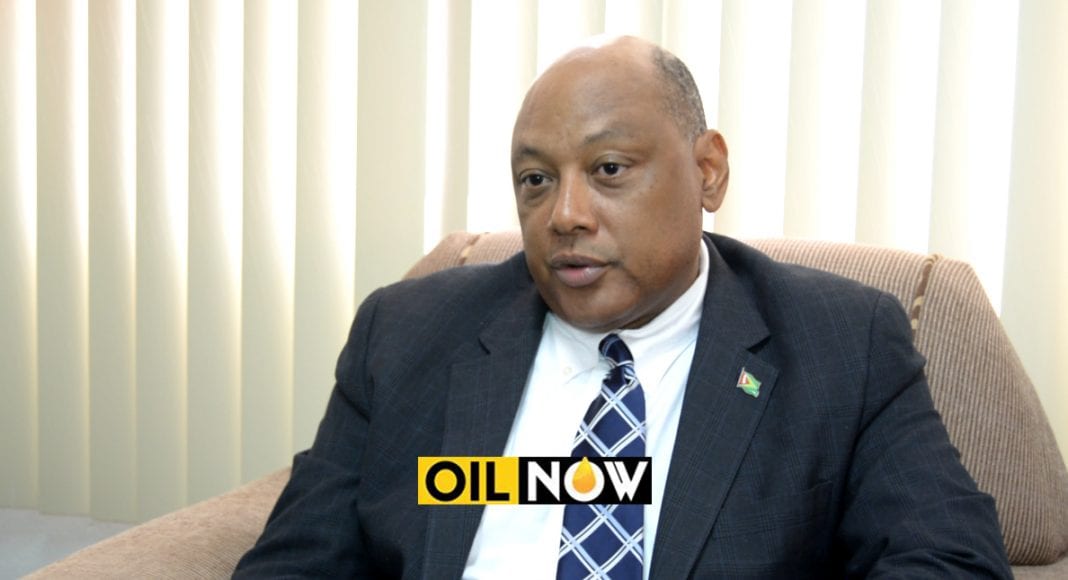A percentage of revenue from oil production in Guyana will go towards savings via the Sovereign Wealth Fund (SWF) and investments will be made in a raft of social and infrastructural programmes which the country’s government believes will help to elevate the standard of living for its 750,000 people.
OilNOW recently sat down with Minister of Natural Resources, Raphael Trotman, for an interview during which the question of what the Guyana government’s plan for utilizing oil revenue entails. “It is predicated on savings – in the Sovereign Wealth Fund, infrastructural development; a network of roads, ports and… airports, aerodromes, bridges… and of course social development; health, education,” he pointed out.
Mr. Trotman said the government has already started engaging the World Bank, International Monetary Fund and the Inter-American Development Bank as part of mechanisms being put in place to effectively manage oil revenue.
“The Sovereign Wealth Fund will become the hub, so to speak, for this macroeconomic plan that is coming and it will be written and in place by 2020,” he stated.
While this represents a general outline of how the Guyana government plans to spend oil revenue, the administration has come in for criticism from civil society and members of the public for not yet putting forward a detailed plan on its vision for the country, now that it is set to become an oil producer.
OilNOW has requested and is awaiting confirmation of an interview with Guyana’s Minister of Finance, Winston Jordan, who is leading the efforts to craft a cohesive fiscal regime and fiscal sustainability framework to address the management of natural resources wealth. The Ministry of Finance is also spearheading the development of a time-lined work-plan on what the public and private sectors need to do to prepare for first oil.
Guyana will begin earning revenue from day 1 of oil production which is set to begin by mid-2020. At the current market price for oil, the country could be earning close to one million US dollars per day and significantly more after ExxonMobil and its joint venture partners recover their initial investment.



